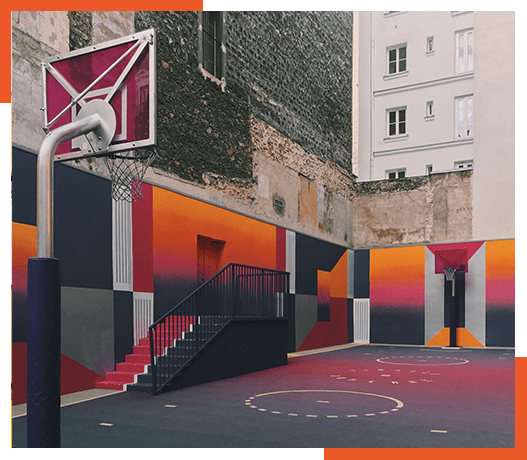In youth sports, the idea of being a multi-sport athlete is often celebrated as the pinnacle of athletic development. Parents, coaches, and even athletes themselves believe that playing multiple sports is the best way to build well-rounded skills, prevent burnout, and enhance overall athleticism. While there is value in participating in different sports, the reality is that most top athletes are not true multi-sport athletes. Instead, they focus primarily on one sport, using others as complementary activities rather than equal priorities.

The Truth About Single-Sport vs. Multi-Sport Athletes

The Myth of the Multi-Sport Athlete
The notion that the best athletes are those who excel in multiple sports is deeply ingrained in our sports culture. We often hear stories about professional athletes who played multiple sports in their youth. However, when we examine the details, it's clear that the vast majority of these athletes began to specialize in one sport early on, dedicating the bulk of their training and development to it.
For example, Michael Jordan, widely regarded as one of the greatest basketball players of all time, played baseball and football as a child. However, by his teenage years, his focus had shifted almost entirely to basketball. Similarly, Tiger Woods dabbled in multiple sports as a young child but was already heavily invested in golf by the age of five. These athletes didn't reach the pinnacle of their sports by spreading their efforts thinly across multiple disciplines—they did so by honing their skills in one sport with relentless dedication.
The Benefits of Single-Sport Specialization
Specializing in one sport allows athletes to develop the specific skills and knowledge required to excel. Whether it's the technical precision of a golfer's swing, the strategic understanding of a soccer player's positioning, or the endurance needed for long-distance running, single-sport specialization provides the opportunity for focused improvement.
Consistent, sport-specific training leads to better muscle memory, improved technique, and a deeper understanding of the game's nuances. It also allows athletes to build the mental resilience necessary for high-level competition. While multi-sport participation can enhance general athleticism, it often lacks the intensity and focus required to reach the top levels of a particular sport.

Balancing Multi-Sport Participation with Specialization
This doesn't mean that young athletes should never play multiple sports. In fact, cross-training can be beneficial, especially in the early stages of development. Playing different sports can help prevent overuse injuries, promote overall fitness, and keep training fun and engaging. However, as athletes grow older and more competitive, it becomes increasingly important to prioritize one sport.
A practical approach is to use other sports as a supplement rather than an equal focus. For instance, a basketball player might run track in the offseason to improve speed and conditioning or play soccer to enhance footwork and agility. The key is to ensure that these activities complement the primary sport, rather than detracting from it.
The myth of the multi-sport athlete often overshadows the reality that most elite athletes reach the top of their game through single-sport specialization. While participating in multiple sports can provide valuable benefits, it's the focused, consistent training in one sport that truly sets athletes apart.
As you consider the path for young athletes, remember that success in sports isn't just about being well-rounded—it's about excelling in your chosen field. By understanding the benefits of single-sport specialization and balancing it with complementary activities, athletes can maximize their potential and achieve greatness in their sport.
